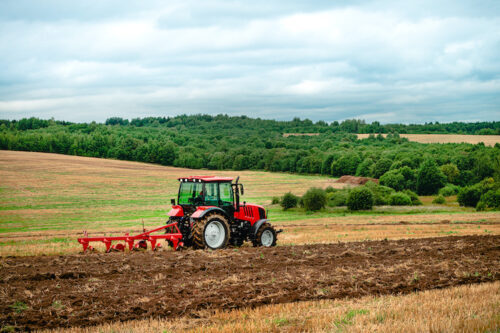On March 8, 2021, the U.S. Department of Agriculture (USDA) gave notice that the final rule governing hemp production will take effect as planned on March 22, 2021. The rule was recently re-reviewed by the Biden administration after initial publication in January during the final days of the Trump presidency. The final rule revises the interim final rule that established the U.S. Domestic Hemp Production Program. The final rule reflects modifications based on public comments and additional research generated through the 2020 growing season.
While a full review of the entire final rule with the help of experienced counsel is recommended to ensure compliance, below are a few important changes contained in the final rule as well as some of the provisions from the interim final rule that have been retained:
What’s New in the Final Rule?
- The tetrahydrocannabinol (THC) testing deadline before harvest was raised to 30 days, up from the 15 days previously required under the interim final rule.
- “Hot hemp” that exceeds the 0.3% THC limit may be destroyed on site using common agricultural practices (plowing under, mulching/composting, disking, bush mower/chopper, deep burial, and burning) rather than taken off-site to be destroyed in compliance with federal drug-disposal guidelines.
- Hot hemp may be salvaged by either destroying the noncompliant flower portion and selling other compliant plant parts or remediating by combining the entire plant into biomass and re-testing for compliance.
- Increased flexibility has been given to states and tribes in implementing sampling requirements. The prior requirement that 100% of all hemp lots were required to be tested was deemed too restrictive and costly and may be replaced with performance-based testing as long as the state or tribe can demonstrate a 95% confidence level that no more than 1% of the plants in each lot exceed the acceptable level of THC.
- While the permissible THC content remains 0.3% or below, the negligence violation standard was increased to 1.0% THC rather than 0.5% as set by the interim final rule.
- A producer may only be cited for negligence violations once per year which addresses the concern that a farmer growing similar crops in different lots could be unwittingly subject to multiple violations resulting in a five year loss of their license.
- The requirement that THC testing be done in a U.S. Drug Enforcement Administration certified lab was pushed back to 2022.
What’s Unchanged from the Interim Final Rule?
- Cannabis with a THC level exceeding 0.3 percent is still considered marijuana, which remains classified as a Schedule I controlled substance regulated by the Drug Enforcement Administration (DEA) under the Controlled Substances Act.
- The measure of “total THC” remains defined as the sum of tetrahydrocannabinolic acid (THCA) plus delta-9 tetrahydrocannabinol (delta-9 THC).
- Hemp samples in advance of harvest must still be taken from the plant’s flowering tops and must be collected by a third-party.
- Producers are required to appear in-person to USDA Farm Service Agency offices to report results.
- The USDA will not certify seeds or genetics.
The USDA final rule is extensive and consultation with an experienced attorney is highly recommended in order to ensure compliance and avoid civil, administrative, or criminal consequences. Contact Joe Houchin to discuss specific questions and how Dysart Willis Houchin & Hubbard can help your business.

